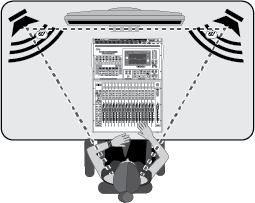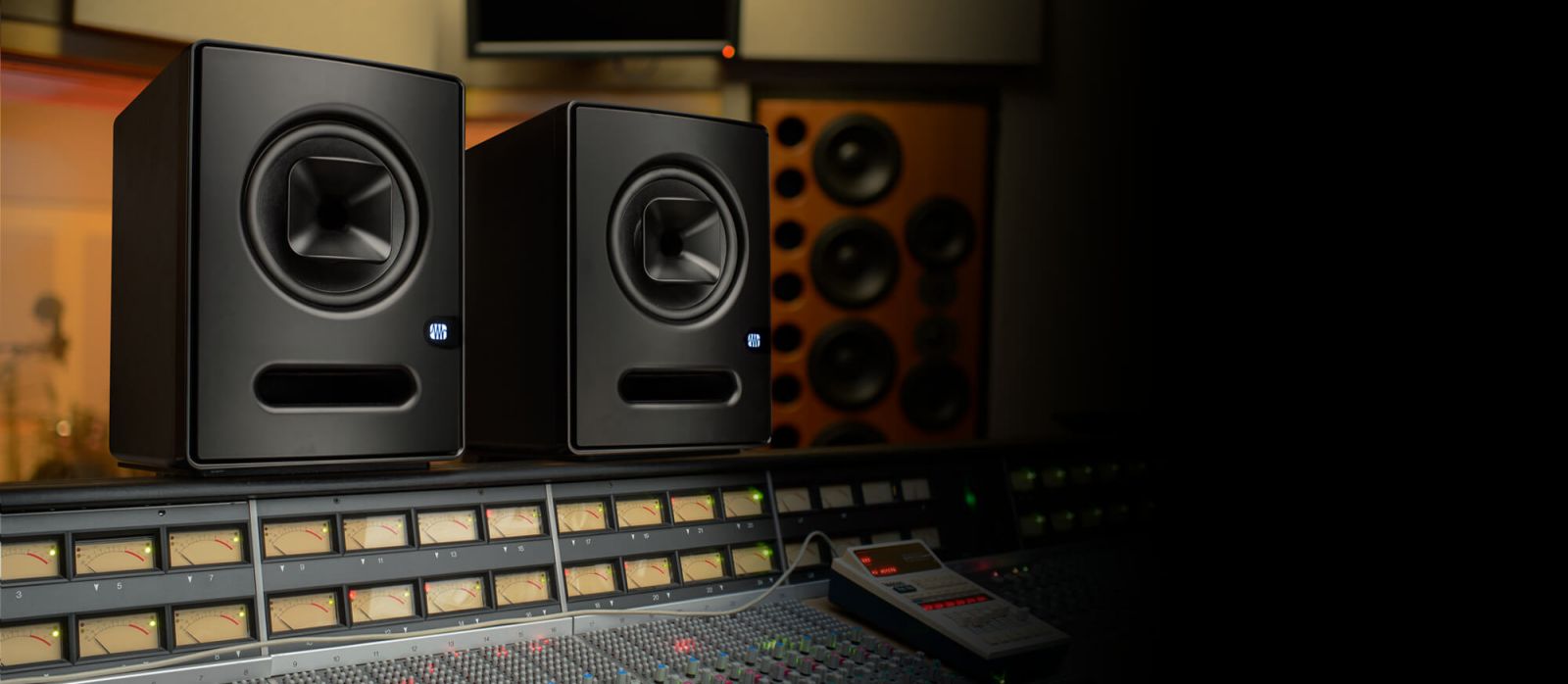Studio monitors are a critical component in any recording studio or music production setup. They allow producers, engineers, and musicians to accurately hear and analyze the sound of their recordings. However, it's not just about having the best studio monitors - it's also about placing them correctly to get the most out of them. In this article, we'll explore some best practices for studio monitor placement.
The first step in studio monitor placement is to position them at ear level. This means that the tweeters should be aligned with the listener's ears. This ensures that the sound is directed towards the listener's ears, providing an accurate representation of the mix.
It's also important to position the studio monitors equidistant from each other and from the listener. This helps to create a symmetrical sound field, which is critical for accurate stereo imaging. This means that if the listener is sitting at the apex of an equilateral triangle with the two monitors, then the distance between the listener and each monitor should be equal.

Another key consideration is the proximity of the studio monitors to walls and other reflective surfaces. Ideally, monitors should be placed away from walls to minimize reflections and to allow the sound to propagate freely. However, this is not always possible, especially in small rooms. In these cases, acoustic treatment such as bass traps and acoustic panels can be used to reduce the impact of room reflections.

Finally, it's important to consider the layout of the room when placing studio monitors. In general, it's best to position the monitors along the longest wall of the room, as this can help to minimize standing waves and bass buildup. Placing the monitors in corners or near walls can result in exaggerated bass response, which can make it difficult to accurately judge low-frequency content in a mix.

Studio monitor placement is critical for achieving accurate and consistent sound reproduction. By following best practices such as positioning the monitors at ear level, equidistant from each other and from the listener, and away from walls and other reflective surfaces, producers, engineers, and musicians can ensure that they are getting the most out of their studio monitors and making informed decisions about their mixes.
Buy PreSonus Studio Monitors HERE

